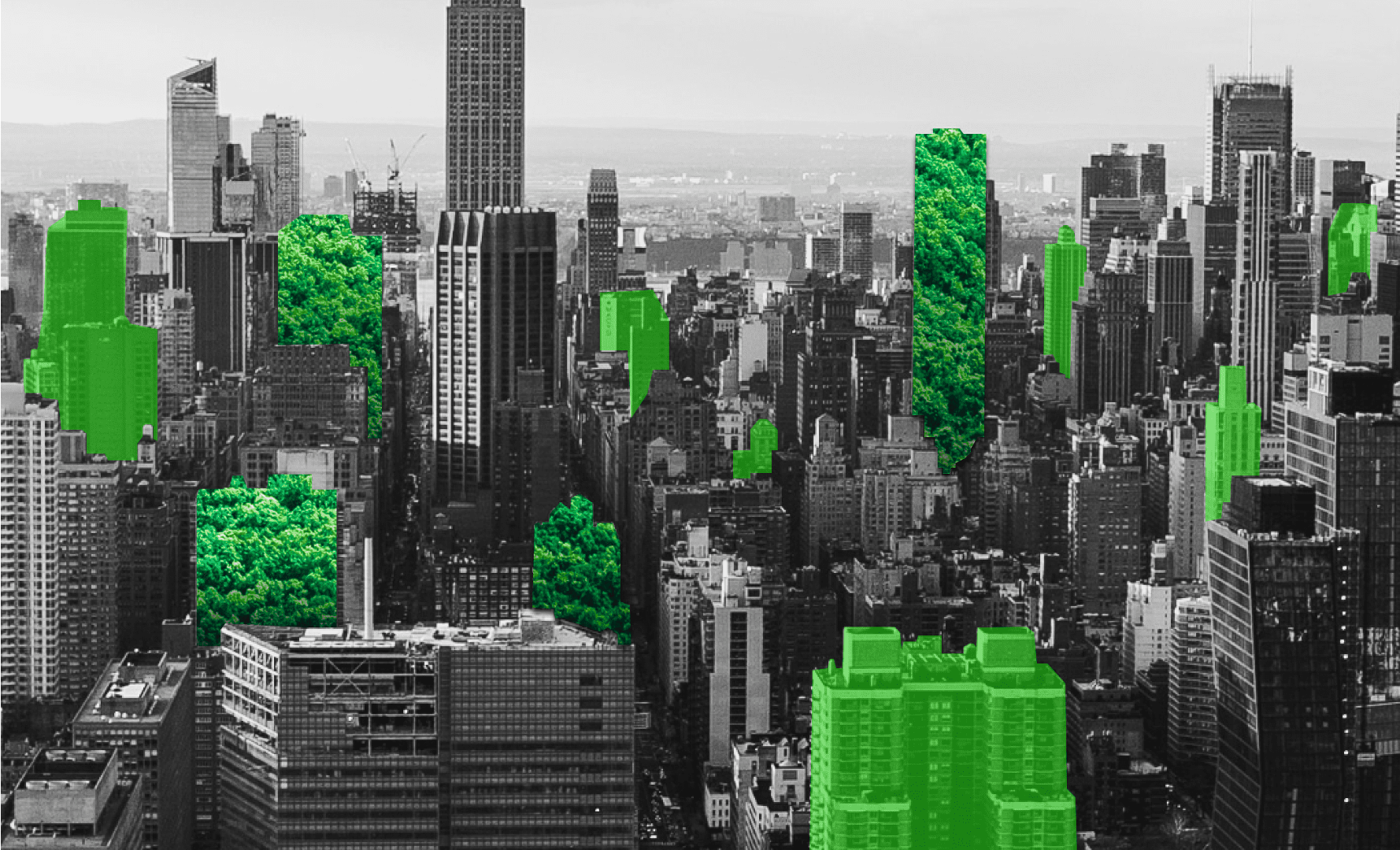
THE BEST TIME TO MAKE YOUR BUILDING ‘GREEN’ IS NOW
For more than a decade, our activity has been focused on ‘green’ building. While ‘green’ and ‘well’ buildings were initially a voluntary initiative in Ukraine, and the topic of ‘sustainable’ construction grew steadily, today this issue demands a more radical approach due to its strategic significance. If we intend to rebuild Ukraine, then we should do this better than it was before the full-scale war, and already in compliance with European requirements and norms.
While Ukraine is waiting for the start of negotiations on EU membership and actively bringing its legislative and regulatory framework to the European one, the EC is continuing to strengthen its goals and requirements on energy transition and ‘green’ transformation. Ukraine’s significant lag behind its European partners in many sectors, including environmental protection, makes it crucial to start today. In addition, this possibility is now even more accessible because of the ravages of war.
Buildings are a key source of global greenhouse gas (GHG) emissions, and also one of the hardest to replace, given their long-term nature. According to the European Commission, buildings account for 40% of the energy consumed in the EU, and for 36% of energy-related GHG emissions. 80% of household energy consumption is used for heating, cooling, and hot water.
Thus, on April 12, 2024, the European Council formally adopted the revised Energy Performance of Buildings Directive (EPBD), with new rules aimed at reducing energy use and emissions from buildings across the EU, including targets for all new buildings to be zero emissions by 2030, and to phase out the use of fossil fuels in building heating systems by 2040. Each EU member state has to adopt a National Strategy for the Reduction of Emissions and Energy Consumption in Buildings, and Ukraine will not be an exception after its official accession.
According to the Directive, residential buildings must reduce energy consumption by 16% by 2030 and by 20-22% by 2035, while non-residential buildings – by 16% by 2030 and 26% by 2033. All new residential and non-residential buildings should have zero on-site emissions from fossil fuels by 2030, with publicly-owned buildings required to reach this milestone by 2028. The only exceptions are buildings of historical or entertainment value.
Starting from January 1, 2025, the EU will also prohibit subsidizing the installation of autonomous gas boilers.
With the adoption of this Directive, ‘green’ buildings in the EU have become a standard, not a voluntary measure, which should also be taken into account by Ukraine when modernizing or constructing new buildings.
MCL Group as a licensed BREEAM, LEED, and WELL assessor, is ready to be a reliable partner for both the public and private sectors on the way to greening their buildings under the highest international standards and practices.